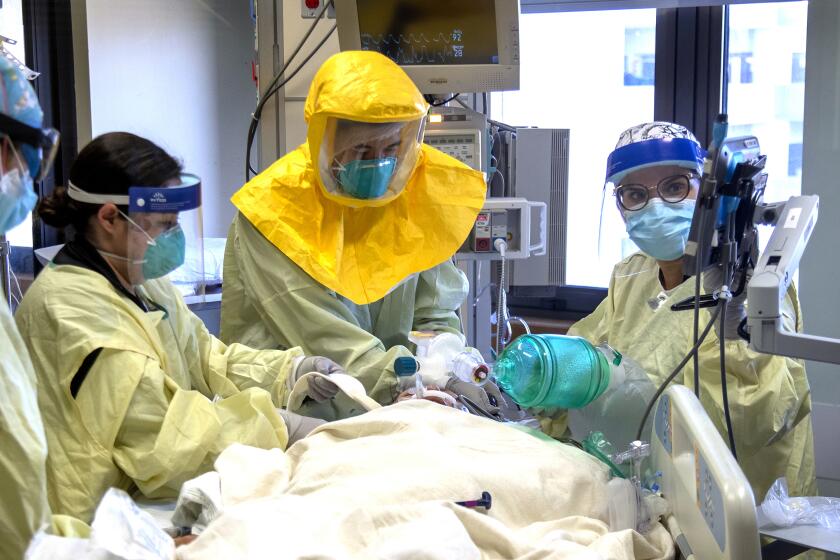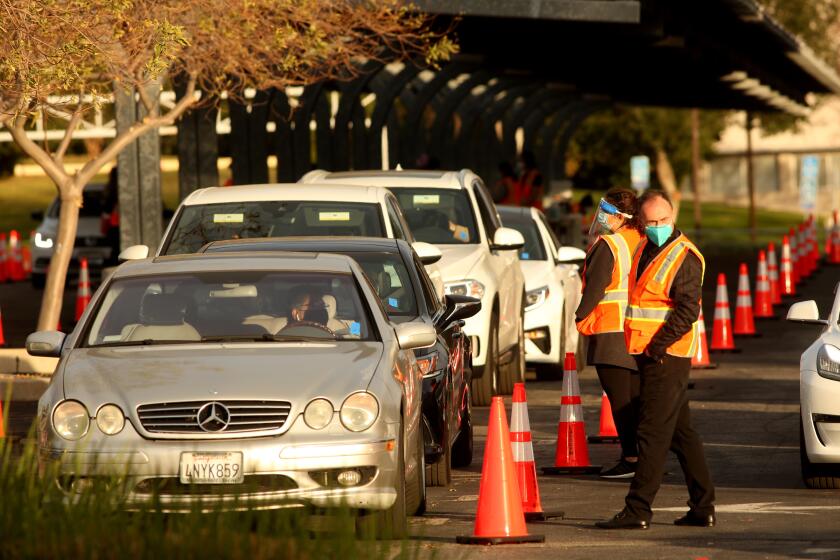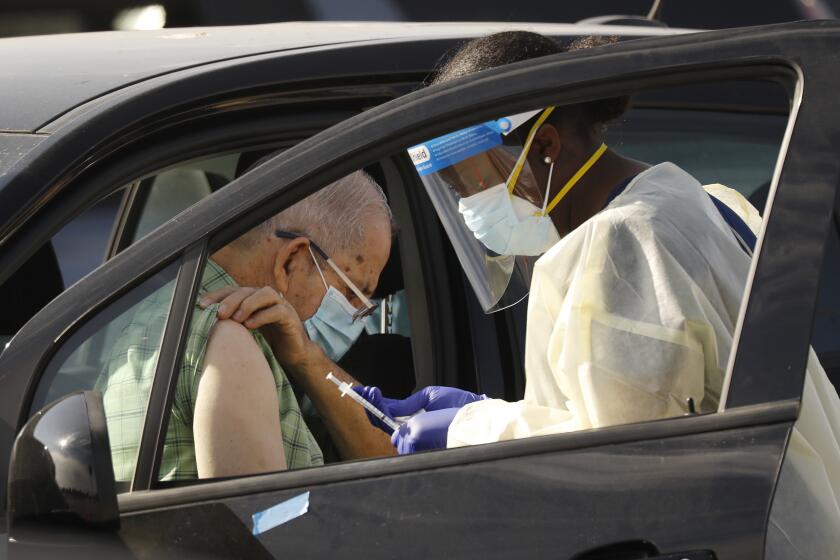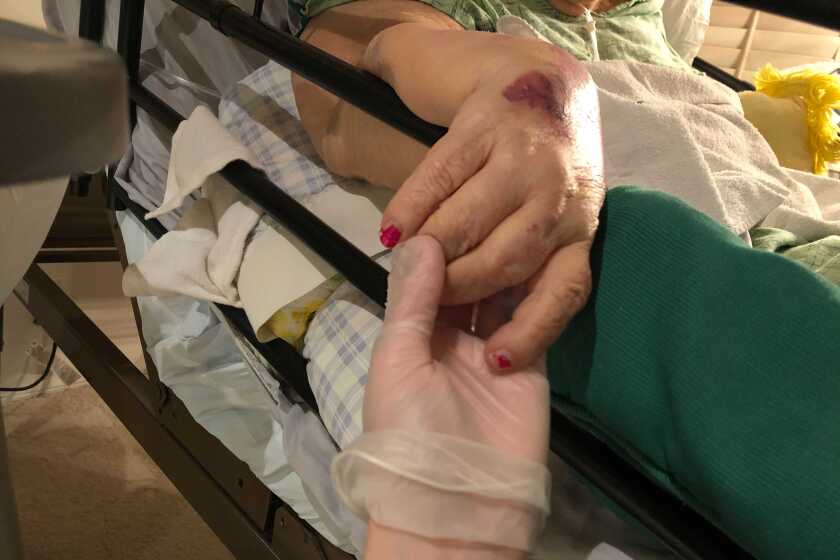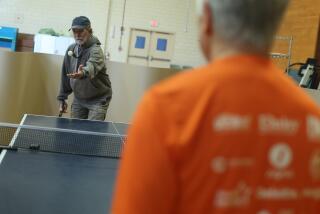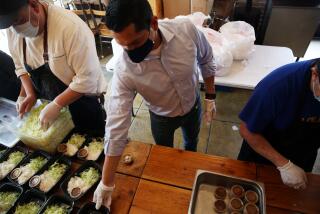Why older people are having an even harder time with the pandemic â and how you can help
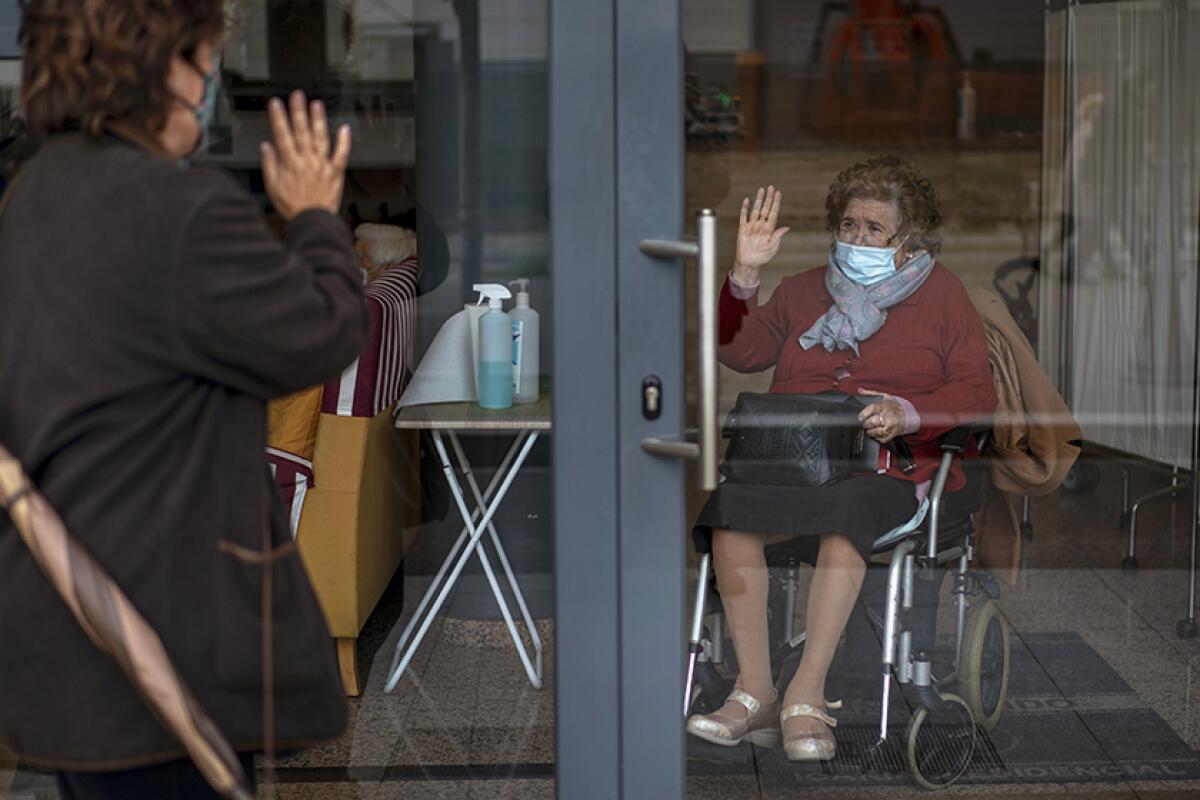
Older Americans were already in an epidemic before the pandemic began.
In 2018, the AARP released a report about the mental and physical effects of social isolation on older Americans, particularly those living in skilled nursing facilities.
âA lot of people, as they get older, their social circles decrease quite a bit. Family moves away from many of them, and family and friends begin to die,â said Lori Smetanka, the executive director of the nonprofit advocacy organization National Consumer Voice for Quality Long-Term Care.
Some residents may have moved to skilled nursing facilities, assisted living residences or senior living communities in part to make new friends and spend more time around other people, sharing meals and organized activities. Now they find themselves more isolated than ever. As the coronavirus pandemic rages on, theyâre dealing with chronic loneliness on top of the fear of a deadly disease that primarily kills people like them.
âThereâs the isolation and then also the dual terror of how this disease has just torn through nursing homes,â said Manuel Eskildsen, a clinical associate professor at the David Geffen UCLA School of Medicine and a physician who treats older patients. âI think everybodyâs scared right now. But itâs even scarier to know youâre in the absolute most vulnerable group and you canât get away from it.â
Children who spread coronavirus to their parents and grandparents are apologizing to them on their deathbeds as L.A. County reels.
The effects of loneliness are mental and physical. And they can spiral: Feeling lonely and isolated might make you move around less and not eat as frequently or as much as you should, Eskildsen said, which leads to decreased quality of life and physical health, which can make you depressed, which leads to moving around and eating less.
Part of the problem is the ways many of us have adjusted to the new normal might not be available to older people. Figuring out video calls can be tricky, and theyâre difficult to participate in if eyesight or hearing isnât great. Many facilities have enacted strict rules about visitors, so even if someoneâs offering a masked outdoor visit, they might not be allowed to do it. Even the brief socialization of a grocery store trip or walk in the park is not possible for people with limited mobility or who donât drive anymore, or whose facilities wonât allow them to leave and come back. Inside the facilities, group meals and activities are canceled, and staff interaction is limited to food and medication delivered in full PPE.
Effectively, older adults in skilled nursing and assisted living facilities have been trapped in solitary confinement in their rooms as coronavirus has swept through the places they live. Smetanka called it a âtriple whammyâ of trauma: the fear of getting sick and dying, the isolation from protecting yourself from getting sick and dying, and the high likelihood that your friends, relatives and the people who live and work in your facility are getting sick and dying around you.
âWhen you think of the number of people who have died in long-term care facilities, residents are losing whole support systems in there; the residents, the one they would sit in the dining hall with or see in activities, a lot of those people have died. And so it really has been very traumatic, the sense of loss, the sense of grief that theyâre experiencing along with the loneliness and isolation,â Smetanka said. And the impact is grim: âThere are, even beyond COVID, a lot of excess deaths [in nursing homes] that would not have occurredâ if the pandemic hadnât happened.
On Tuesday in Los Angeles County, those 65 and older began signing up for COVID-19 vaccine appointments. But it will take time to inoculate everyone.
Even outside skilled nursing facilities, itâs a scary time for older people, said Kimberly Lewis. Sheâs the executive director of the I Did Something Good Today Foundation, a nonprofit that creates programs to help older people combat social isolation and other problems. The foundation runs the chat and crisis line GoldenTALK, which seniors anywhere in America can call to ask for help or to find a friendly person for a conversation. GoldenTALK is available from 11 a.m. to 11 p.m. Pacific time at (888) 604-6533.
She said a lot of volunteers have been hearing from callers that theyâre afraid to go out and do the basic, normal things they didnât think twice about doing a year ago.
âYouâve got people who are used to going out and getting things on their own, having their freedom and independence. Now they canât,â Lewis said.
For older people and for everyone else, help is on the way. The vaccine rollout is now taking place, albeit haltingly: L.A. County has authorized vaccinations for people 65 and older. But it will likely be at least a couple more months before that group is all vaccinated and longer before their family members are able to get the vaccine and safely visit.
The state is receiving about 300,000 to 500,000 COVID-19 doses each week, a pace that would take months for priority-list residents to get vaccinated.
In the meantime, hereâs what you can do to ease the effects of loneliness and isolation if youâre an older person or someone who loves one.
Advice and ideas for older people dealing with loneliness
Donât be afraid to ask for help. âNobody wants to be a burden,â Eskildsen said. But you have to be willing to overcome that reluctance to reach out and ask for help if you need it, whether itâs telling family youâd like to hear from them more often or telling the staff at your facility that you need help or reaching out to your long-term ombudsman to get access to services such as counseling.
Make a call. The Los Angeles County Department of Mental Health has a program for adults 60 and older called GENESIS (Geriatric Evaluation Networks Encompassing Services Intervention Support Programs). The program can connect you with individual and family counseling, medication services, and education and support. Phone number: (213) 351-7284.
L.A. County also runs a warmline you can call to talk to someone about whateverâs on your mind. (855) 952-9276 for English, (888) 448-4055 for Spanish. Available 5 to 10 p.m. Pacific time Monday through Friday and 11 a.m. to 4 p.m. Saturday and Sunday.
GoldenTALK, the program run by Lewisâ foundation, is available to help find resources and programs or just to talk with someone. (888) 604-6533, available from 11 a.m. to 11 p.m. Pacific time.
If youâre experiencing a serious mental health crisis, the Suicide Prevention Lifeline is available 24 hours a day at (800) 273-8255.
Re-create your favorite pre-pandemic activities. Were you a regular churchgoer? Find out if your church is offering services online. If you enjoy listening to music, try an internet radio station or a service like Spotify.
How family and friends can help
Reach out. It really can be as simple as a phone call, Lewis said. âThat voice means everything to them. ⌠They want to know that theyâre not forgotten and that theyâre still loved.â
If they canât speak on the phone, send emails or arrange video chats (keep reading for more on how to make that easier). Smetanka said she knew of one person whose father was in a long-term care facility who sent the staff a 15- or 30-second greeting to play for him every day. Send cards, letters and drawings so they know youâre thinking of them.
Set them up with something fun to do. Puzzles, large-print books, music, knitting, crafts â âsend them those things and then talk to them about those things,â Smetanka said. Whatever their favorite social activities were before the pandemic, help them find ways to do them virtually. That can mean sending a link to virtual religious services, setting them up with music streaming, or introducing them to online bridge or other games and activities.
Lewis said she was working on a pilot program to get more Amazon Alexa-enabled devices to older people to make it easier to make phone calls, create grocery lists, play music and do other things for people who arenât computer-savvy. Tools like an Amazon Echo Show or Facebook Portal will enable them to make a video call just using their voice.
Provide a tablet preloaded with video chatting apps. A lot of care facilities launched pilot programs last spring to get residents connected with Zoom and similar programs, Eskildsen said, but the problem is that staff is stretched so thin that itâs tough to carve out time to walk someone through a tutorial on video chatting. Make it as easy as possible for everyone by sending a tablet with the apps installed and an account logged in so all the recipient has to do is click a button to connect.
Talk to the staff. Resources may be stretched thin in skilled nursing facilities now. But if your loved one is having a hard time with mental health, make sure the staff is aware, Eskildsen said.
âThe squeaky wheel does get the grease,â he said. âIf they have that person whoâs constantly on their case to provide the opportunities for human interaction and decreasing loneliness ⌠theyâll probably be more attentive to that person.â
Work on ways to visit. Stay in touch with the facility to learn about anychanges to visitation policy and to ask about ideas for connecting. Could you do an outdoor masked and distanced visit? Can you arrange to have your loved one situated by a big window where you can stand outside and wave? An abbreviated visit is better than no visit.
Volunteer. Get involved and help people in your community stay connected. GoldenTALK is looking for volunteers, Lewis said, and it can all be done virtually. You can learn more about that and more in our database of volunteer opportunities in and around Southern California. There is plenty that can be done without leaving the house.
Iâve said goodbye â twice â to loved ones in hospice this year. Tips from experts, and from me
A journalist who has had two grandparents enter hospice in 2020 offers advice and resources for anyone facing this situation during the COVID-19 pandemic.
More to Read
Sign up for The Wild
Weâll help you find the best places to hike, bike and run, as well as the perfect silent spots for meditation and yoga.
You may occasionally receive promotional content from the Los Angeles Times.
